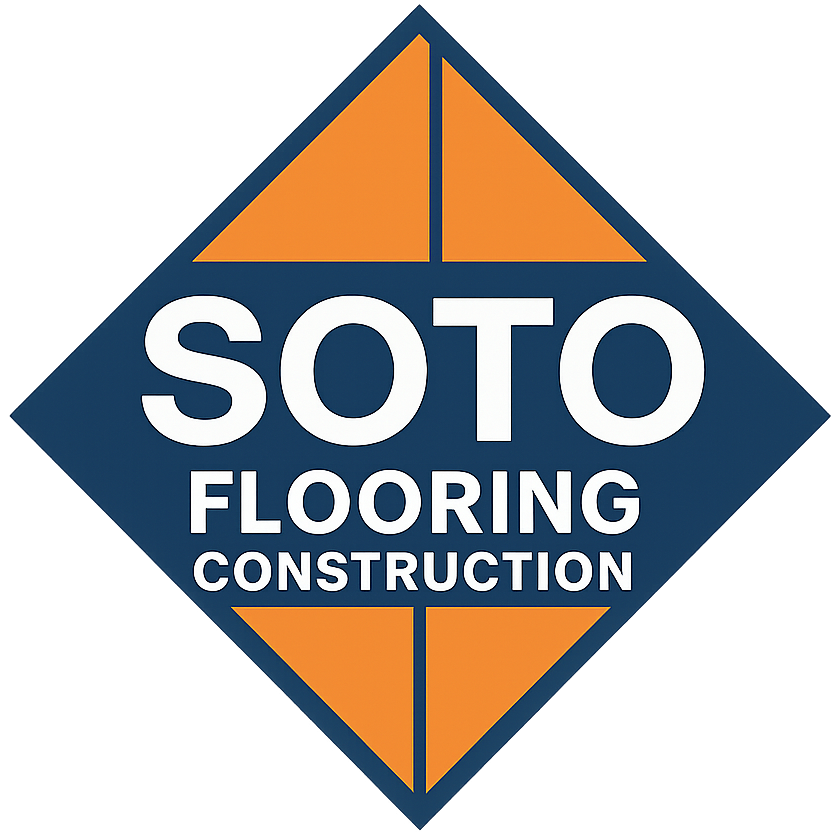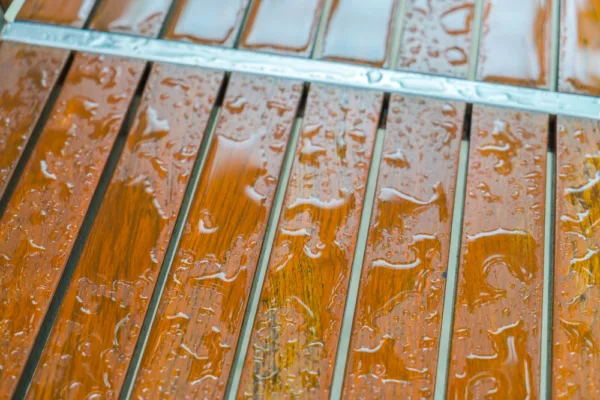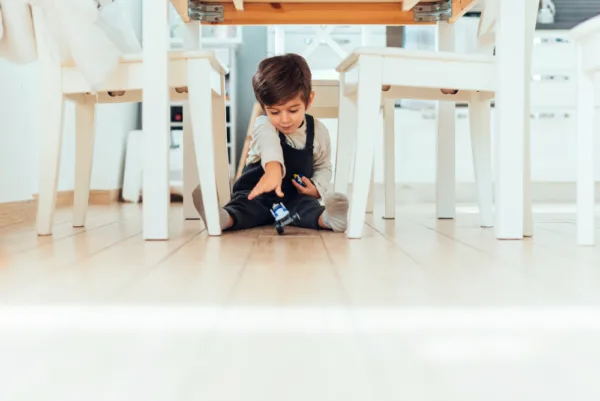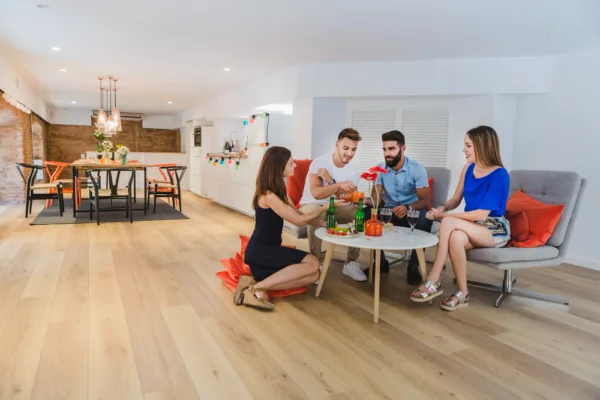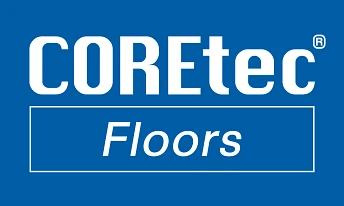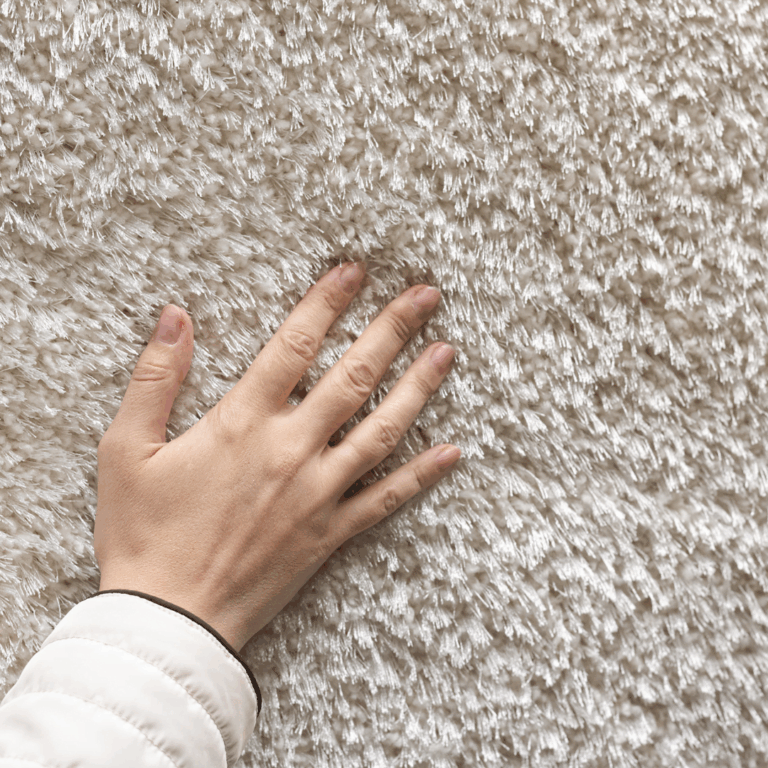
The 6 Carpet Flooring Trends for 2025
1. Soft and Cozy Textures
Soft carpets are popular, making rooms cozy. High-pile types like Saxony and velvet are great for bedrooms and living rooms, offering comfort and style.
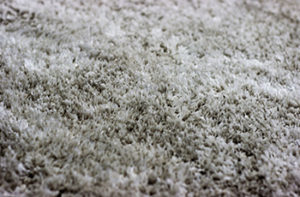
2. Nature-Inspired Colors
Colors like sage green, terracotta, and sand are in style. They bring a natural feel indoors, creating a peaceful vibe that goes well with natural materials.

3. Bold and Patterned Carpets
Bold patterns like geometric and abstract designs are big in 2025. These carpets add character and can be the main feature in a room.
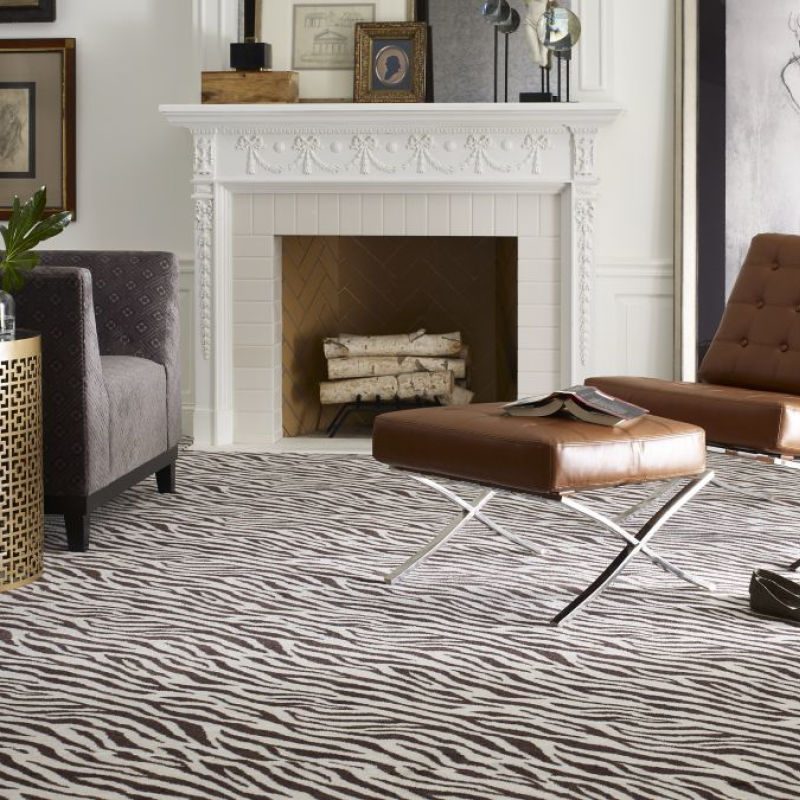
4. Durable Pet- and Kid-Friendly Carpets
Carpets that can handle kids and pets are important. They resist stains and are easy to clean, lasting a long time while looking good.

5. Eco-Friendly and Recycled Carpets
Eco-friendly carpets made from recycled materials are becoming popular. They help the environment and still look stylish and comfortable.

6. Seamless Carpet Transitions in Homes
Using carpets that transition smoothly between rooms creates a unified look in the home. Matching textures and colors enhance design flow.

Carpet Fiber Types Explained (Pros & Cons)
Choosing the right carpet fiber is important, just like picking the style or color. Each type has its own benefits — like luxury, durability, stain resistance, or being eco-friendly. Here’s some info about common fibers in 2025:
Nylon
Nylon is a popular synthetic fiber known for its durability and strength. It handles foot traffic well and suits busy areas like hallways and living rooms. It resists stains when treated.
Polyester
Polyester is soft and affordable, making it great for bedrooms or guest rooms. It offers bright colors and is naturally stain-resistant, but it may flatten faster than nylon in busy spots.
Wool
Wool is a top choice for natural carpet fibers — soft, durable, and naturally resistant to stains and flames. It’s ideal for formal spaces but costs more and needs extra care.
Triexta
Triexta is a newer fiber that combines softness and toughness, perfect for families with kids or pets. It resists stains without chemicals and works well in heavy-use areas.
Olefin (Polypropylene)
Olefin resists moisture and mildew, making it suitable for basements or low-humidity places. It’s less tough than other fibers, best in low-traffic spots.
Quick Comparison: Carpet Fibers at a Glance
| Fiber Type | Best For | Softness | Stain Resistance | Durability | Avg. Cost (per sq ft) |
|---|---|---|---|---|---|
| Nylon | High-traffic areas | ★★★★☆ | ★★★★☆ | ★★★★★ | $2 – $6 |
| Polyester | Bedrooms, guest rooms | ★★★★★ | ★★★★☆ | ★★☆☆☆ | $1.50 – $4 |
| Wool | Luxury living areas | ★★★★★ | ★★★☆☆ (natural) | ★★★★★ | $5 – $12 |
| Triexta | Kids’ rooms, family areas | ★★★★☆ | ★★★★★ | ★★★★☆ | $3 – $6 |
| Olefin | Basements, utility rooms | ★★☆☆☆ | ★★★☆☆ | ★★☆☆☆ | $1 – $3 |
Best Carpet Styles by Room
The best carpet for your home depends on the room’s use, foot traffic, and design. Here’s how to choose the right carpet style for comfort, durability, and looks.
Bedrooms (Luxury and Comfort)
In the bedroom, comfort is key. Choose soft, thick carpets like high-pile or velvety Saxony to make mornings feel cozy. Neutral or nature-inspired colors create a calm space.
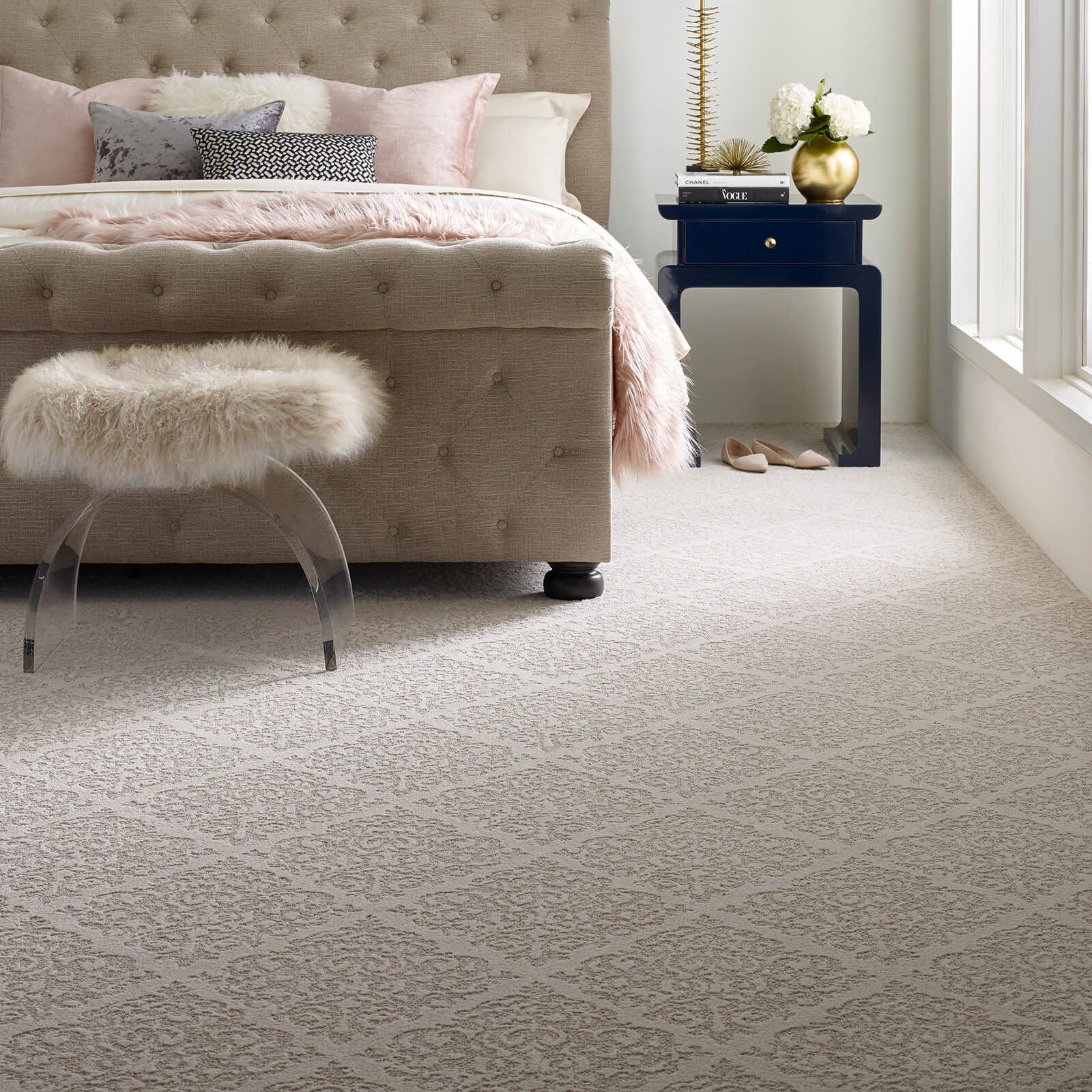
Living Rooms (Style + Durability)
Living rooms need carpets that are both stylish and tough. Nylon or triexta fibers with textures or patterns can hide wear and add interest. Consider looped styles for extra texture.

Home Offices (Sound Absorption)
Carpet is great for home offices because it reduces noise. Low-pile carpets help cut down on echo, especially in open spaces. Subtle patterns or dark colors give a professional look.

Stairs and Hallways (Low-Pile Options)
Stairs and hallways need durable carpets with good grip. Low-pile, looped carpets like Berber are great for traction and resisting wear. Pick dense weaves in colors that hide dirt. Look at all of our carpet stairs options.
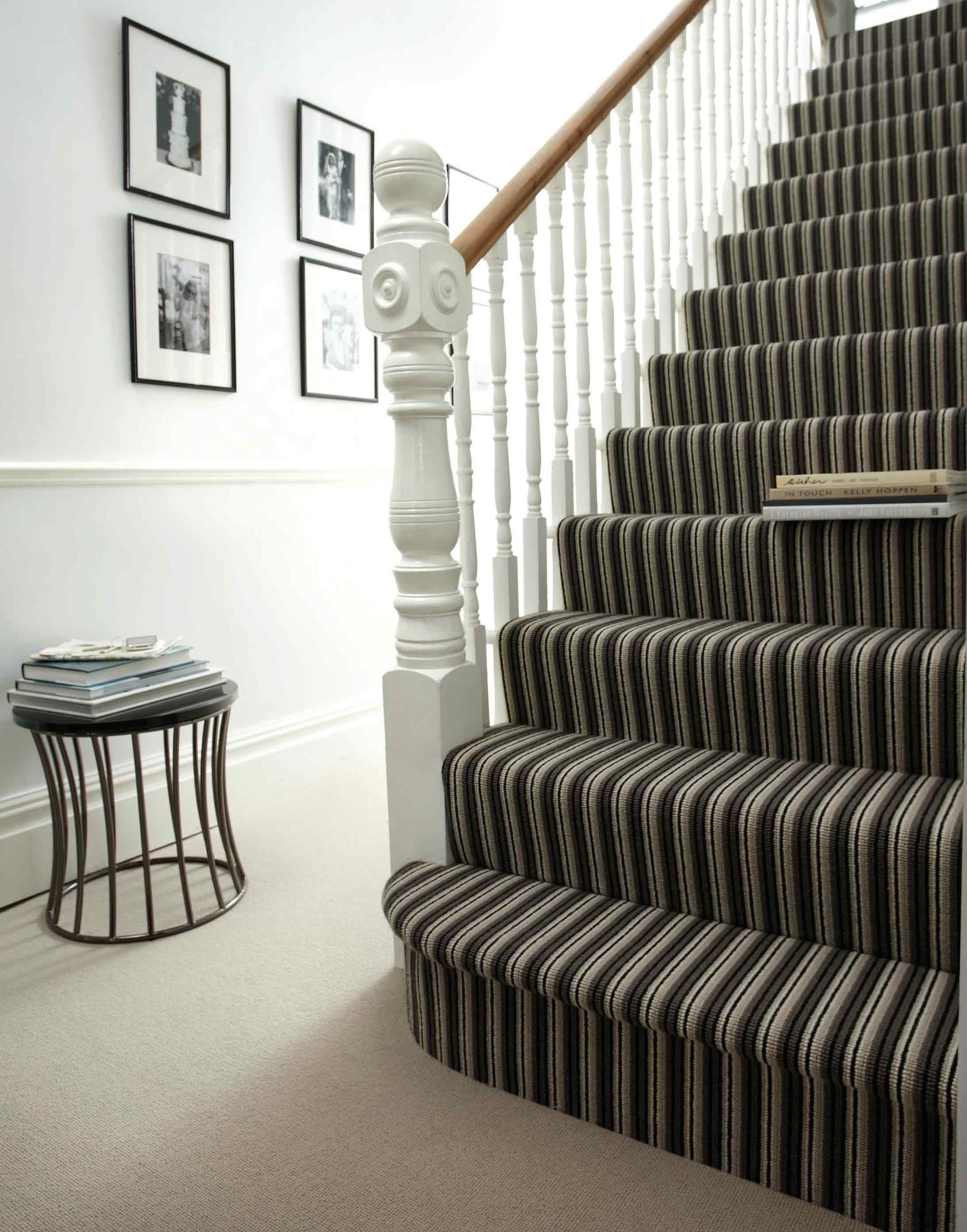
Rental Properties (Budget-Conscious Picks)
For rentals, choose affordable and easy-to-clean options. Polyester or olefin carpets in neutral shades are budget-friendly but still look nice. Stain-resistant finishes and modular carpet tiles make replacements easy.

Carpet Flooring Costs in 2025
To know the full cost of carpet flooring, consider more than just the roll price. Things like fiber type, pile height, padding, and how it’s installed all influence the total cost. Here’s what you might spend in 2025.
Average Material Prices by Fiber and Style
Carpet prices change based on the fiber, pile type, and extra features. Here’s a look at common costs per square foot:
| Carpet Type | Avg. Material Cost (per sq ft) | Notes |
|---|---|---|
| Polyester | $1.50 – $4.00 | Budget-friendly, soft, stain-resistant |
| Nylon | $2.00 – $6.00 | Durable and resilient for high-traffic areas |
| Triexta | $3.00 – $6.00 | Kid- and pet-friendly, eco-conscious |
| Wool | $5.00 – $12.00 | Luxury natural fiber, long lifespan |
| Olefin (Polypropylene) | $1.00 – $3.00 | Best for low-traffic or moisture-prone areas |
Installation Costs per Square Foot
Professional carpet installation usually costs $1.00 to $2.50 per square foot, depending on complexity, seaming, and room layout. Stairs and oddly shaped rooms may cost more due to extra work and cuts.
Padding and Removal Costs
Padding: $0.50 – $1.00 per sq ft, depending on density and material
Old Carpet Removal: $0.50 – $1.00 per sq ft
Furniture Moving (optional): May add $1.00 – $2.00 per sq ft depending on service
Using good padding under your carpet can make it last longer and feel better — it’s worth investing in.
Long-Term Value and Warranty Coverage
Synthetic options like polyester are cheaper at first but may wear out sooner than nylon or wool. Wool and high-quality synthetics often have 10–25 year wear warranties, while cheaper options may have 5–10 years. Always check warranty details for stain resistance, texture retention, and installation needs.
DIY Carpet Installation vs. Hiring a Pro
Putting in carpet on your own can save money if you have the right tools and skills. But hiring a pro often gives better results, fewer errors, and keeps your warranty. Think about this before starting the job yourself.
👉 Need help getting started? Check out our full DIY Carpet Installation Guide for tools, prep tips, and step-by-step instructions.
Tack Strip vs. Glue-Down Installations
Most home carpets use tack strips around the room’s edge, allowing the carpet to stretch for a neat fit. This is best for soft, home carpets.
Glue-down installation is common in business spaces, where the carpet is stuck to the floor. This works for tough carpets in busy areas, but it’s harder for DIY projects.
Tools, Skill Level, and Prep Required
Installing carpet isn’t like placing a rug. You need tools like a knee kicker, carpet stretcher, utility knife, and seam roller. Prepping the floor — cleaning, leveling, and putting down padding — is key to avoid problems.
Cutting seams right and stretching carpet without bumps takes practice. It’s doable for a handy person in a small, square room, but tricky spaces might need a pro.
Common DIY Mistakes and Fixes
Common DIY carpet mistakes include:
Not stretching the carpet properly, leading to wrinkles or early wear
Cutting too short around walls or doors, causing gaps
Skipping underlayment or using wrong padding, reducing comfort and lifespan
Poor seam alignment, making transitions obvious and unattractive
If you’re unsure, hiring a certified carpet installer can save time and frustration, and keep your warranty safe.
Top Considerations Before Choosing Carpet Flooring
Carpet flooring feels soft and warm. It’s important to think about more than just its look. Consider a few things before picking one.
Comfort and Insulation Benefits
Carpet is comfy and keeps rooms warm. It’s great for bedrooms, living rooms, and basements. It also quiets noise, which is nice for multi-level homes or apartments.
Stain Resistance and Family-Friendliness
If you have kids, pets, or lots of visitors, choose stain-resistant carpets. Look for fibers like nylon that make cleaning spills and dirt easier.
Allergens and Indoor Air Quality
Modern carpets can have hypoallergenic materials. Use a good vacuum and clean regularly for better indoor air quality.
Durability and Foot Traffic Suitability
Some carpets last longer in busy areas. Choose dense, low-pile carpets for these spaces. Save plush styles for less busy rooms.
Design Cohesion with Furniture and Wall Colors
Carpet affects a room’s look. Think about how its color and texture match your furniture and walls. Neutral colors fit any style, while bold patterns stand out.
